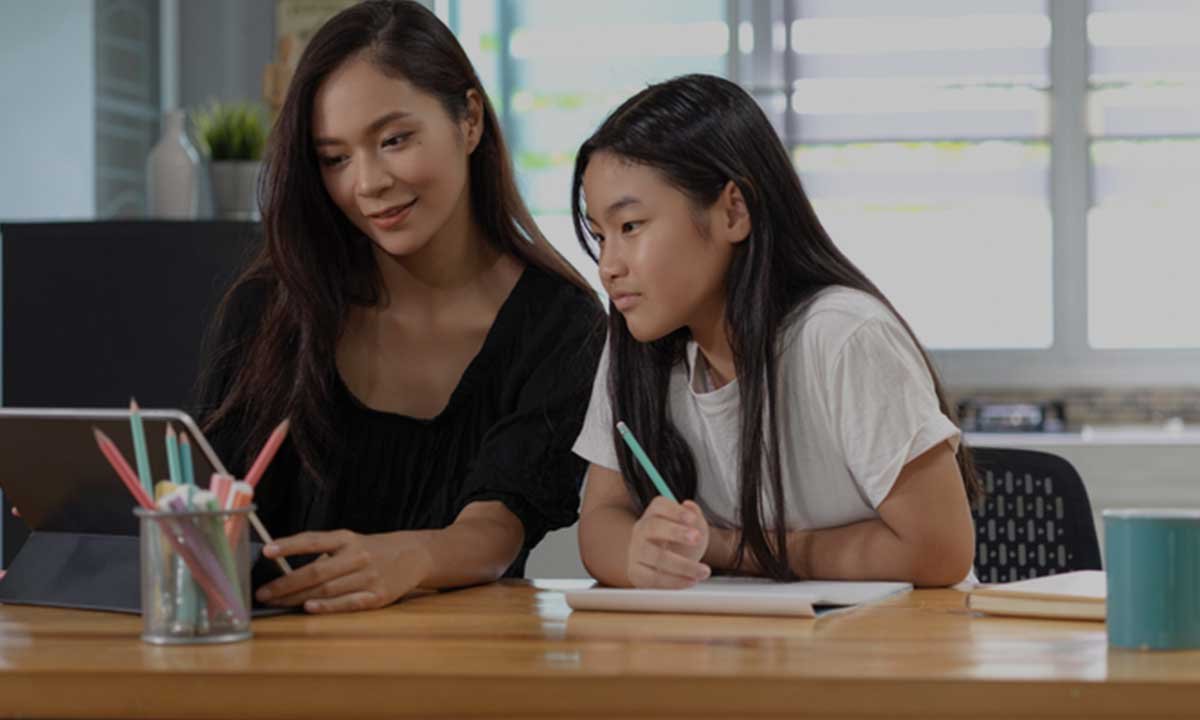
Overview on Mediation
Jul 17,2020
Select My Tutor

The progress of the student is required to be closely monitored by the teacher to evaluate whether their goal of educating the student in becoming successful or not. In the field of education, monitoring the progress of students has become a vital part of the education curriculum because it has become essential for the students to improve their learning process. Moreover, the monitoring of the student’s progress is done by teachers through the use of evaluation tools to examine how proficient the students have become in the new lesson learnt within the class. The monitoring of the student's progress includes the collection, evaluation and maintenance of substantial student progress data. The monitoring of the student’s progress has immense benefits as it helps to identify the risk and issues faced by students in the learning process. Moreover, it also helps to analyse where the students are encountering the problem or improving in their studies which are leading to their lower or higher performance.
The regular monitoring of students helps the tutors to keep track and understand each student regarding how they are performing in the given course. The monitoring process also benefits to provide information to the private tutors on how and what changes are required in the course so that it can provide more effective learning progress for the students. The monitoring of the student's progress starts right from the starting to the end of the entire course. An effective student monitoring process is required because I think it provides a refining overview of the student’s future. Here, I am relating a few of the strategic ways which can be used by the teachers in properly monitoring each of the student’s progress within their classroom as well as in online courses. The mentioned strategies had been previously used by me while acting as a teacher and being used by other faculty members where they have proved quite a success.
The curriculum-based monitoring refers to using standardised evaluation tests which are given to the students at the end of each course unit to examine their progress. The test questions are to be framed by the teachers based on what is learned from the course unit and information mentioned within the curriculum. Each of the questions is to be developed critically and analytically so that it helps to successfully evaluate the progress of the student. The grades obtained in the test are then to be analysed by the teachers to understand how much knowledge has been acquired by the student. Thus, if the grades are seen to be high, it can be assumed that the student is effectively picking up the information mentioned by the teacher. However, lower grades refer that the student is still facing challenges and issues with the information delivery ways or understanding the content of the course. Thus, then teachers need to separately evaluate the lower graded students' test papers and require to find out which point in the courses is hindering the student’s progress. Thus, with the identification of the grades as well as the test answer papers the teachers will be able to effectively find out how and where the students are progressing and where they need to progress in the case of each course unit. Moreover, the teachers need to use the curriculum-based monitoring tests regularly and not just for a single course unit to properly assess the progress of all the students.
The computer-assisted instruction (CAI) refers to the interactive technique whereby using a computer, an instructional material with a set of questions is required to be answered by the student. After the completion of the instructional material, the computer automatically evaluates the tests and generates scores for each student. The advantage of using CAI as the monitoring software for the students is that it not only evaluates the textual knowledge of the student but also their efficiency and promptness in answering each of the questions in the instructional material. Thus, the computer-assisted instruction can be used by the online tutors in regularly monitoring the progress of the students during each day or week of each course unit. This is because if the scores are deemed to be low constantly, it can be assumed that the student lacks progress. However, if the scores show an increasing order of grades, then it can be assumed that the student is slowly progressing. The teacher before the beginning of the course needs to frame the instruction material along with the question set related to each week of per course unit which is to be taught. Thus, it can be seen that by using CAI the teacher can effectively evaluate and monitor the progress of the student during each week of the course.

The monitoring of the student’s progress can effectively be developed by the teachers through proper interaction as well as a keen observation of the student responses in the class. The interaction acts as an effective monitoring process because the teacher can directly communicate with the students. For example, if the students refrain from interacting with the teacher or are showing lower responses to the live questions asked by the teacher during the class, it can be assumed that the students are progressing at a slower rate. Moreover, the teachers also require observing the students who are trying to be responsive in class. For instance, the teacher needs to observe which group of students always try to answer any question when raised in the class. Thus, this group can be mentioned by the teachers as the progressing one, whereas the students who refrain from answering the need to be examined by the teachers as they show lower progress. Therefore, keen observation is to be made to understand whether the students genuinely do not understand the course learning, or are feeling shy to answer the questions due to the fear of getting humiliated if the answer is provided in a wrong way. Thus, by using this technique teacher will be able to develop a special observation in understanding what are the causes which are hindering the progress of these students, in turn, assisting in executing proper monitoring of the students.
In order to effectively monitor the student’s progress, they need to be given the task to summarise the things which they remember and learned in the class during the course and submit it to the teacher after completion of each week. The teacher on evaluation of the summarisation will be able to monitor how the students progress. This is because if the summarisation lacks important information per week, then it can be deduced that the students lack progress and then the teacher can opt for appropriate measures. Moreover, the use of evaluation of the self-reflection by students regarding what they learned during the course can also help to monitor their progress. This is because the self-reflection provides information about what the student has understood while attending the class. Moreover, the reflection also helps to identify where the student is facing hindrances in executing the learning process and where the person needs help in improving their progress. Therefore, based on the evaluation of reflection the progress of the student can be monitored. Further, if the reflection provided weekly during a single unit of the course shows issues, then it can be assumed that the student is lagging.
The feedback received from the parents during the monthly parent-teacher meeting can be used to monitor the progress of the student. Moreover, the teacher may ask a few parents of the children who are lacking progress to provide online feedback to the teacher every week. This feedback will be used by the academic tutors to monitor what are the reasons behind their student’s level of progress. Moreover, if any measures are undertaken by the teachers to improve the progress of the students can also be monitored under this feedback process. The feedback from the parents is vital in executing, monitoring because the students are seen to spend most of the time with them after school.
The teachers require the students to involve in the formative assignment so that the students can be effectively monitored. The formative assignments completed by the students are evaluated by the teachers to understand what has already been understood by them and to what extent by analysing the question answered in the assignment.
In this system, a freshman student is allowed to interact with an upperclassman. The upperclassman evaluates the progress of freshman students by continuously interacting with them regarding the information learned in the process.
Thus, if a teacher follows the following monitoring strategies they can effectively monitor the progress of the student. Moreover, by using these strategies the teachers can also understand where the students lack or gain progress and what kind of lesson is to be framed to improve their learning process.